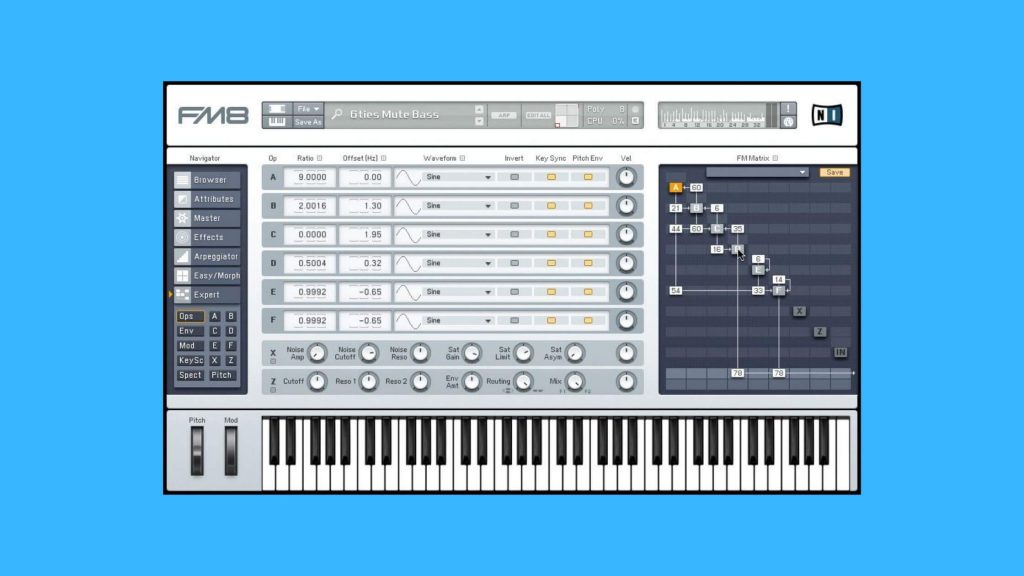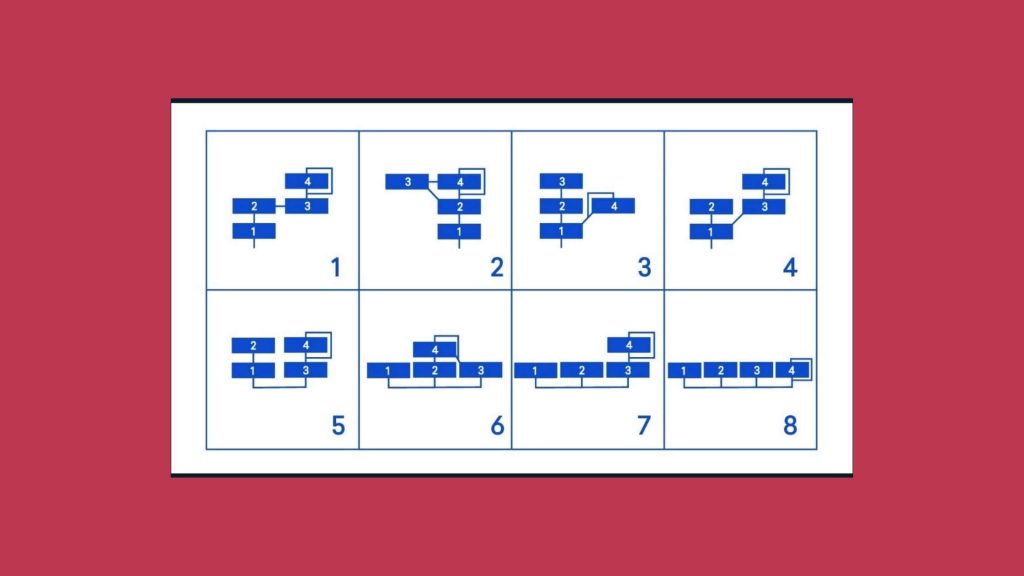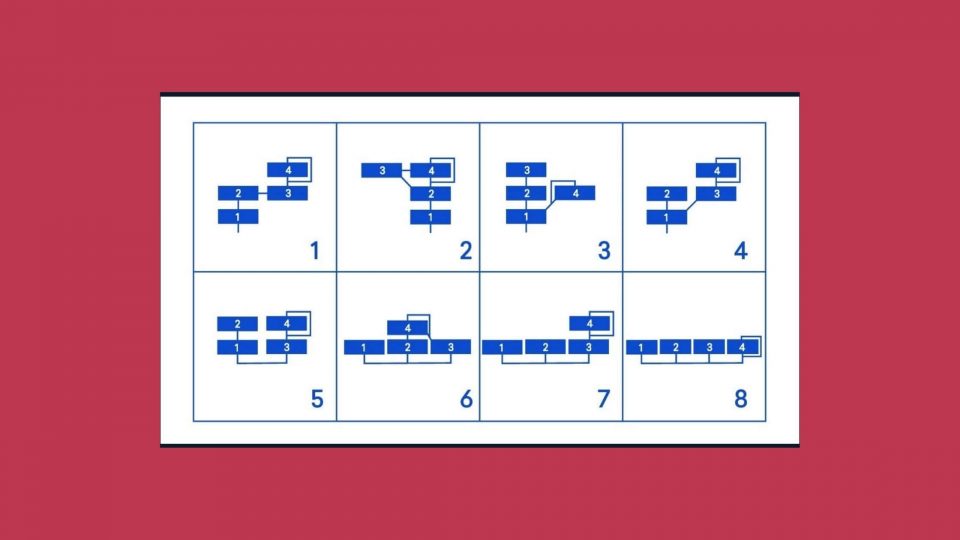Define Synthesis: How Does FM Synthesis Work?
It’s Time For Another Round of Synthesis!
Ladies & gents, dogs & cats. You’ve masterfully composed the beginnings of your new track with Mixxed samples & want to spice up your pot with interesting sounds.
We’re taking the world of sound design by storm. This time, we’re covering how to do FM synthesis.
What’s FM synthesis, I hear you ask? Only one of the coolest things to happen to humans. Here’s how FM synthesis works.
If you’re new to synthesis, we’ve written a couple of other articles that will make this article easier for you to understand.
Define Synthesis Series
How Do Synthesizers Work?
How Does Subtractive Synthesis Work?
How Does Additive Synthesis Work?
How Does FM Synthesis Work?
How Does Wavetable Synthesis Work?
How Does Vector Synthesis Work?
How Does AM Synthesis Work?
How Does Modular Synthesis Work?
How Does Granular Synthesis?
How Does Sample Based Synthesis Work?
How Does Spectral Synthesis Work?
How Do Vocoders Work?
What is FM Synthesis?
FM synthesis, my dear friends, is a method of creating crazy timbres. As you’re curious, FM stands for frequency modulation.
By modulating the frequency of one sound with another in softsynths such as FM8 by Native Instruments, we’re able to take our sound design to Mars… sorry, Elon.

FM Synthesis Explained
Let’s take a quick detour back to when we spoke about subtractive synthesis… or any synthesis, for that matter.
We said the use of LFOs allows you to bring more movement to your sound because they bring change over time.
The simplest form of FM synthesis is applying an LFO to the pitch of your oscillator. This gives you a vibrato effect. The speed of which is set by the rate of the LFO and the intensity is set by the LFO frequency.
These processes are what happen in FM synthesis, but with some different details.
If you increase the rate of the LFO to higher ratios, it sounds less like vibrato and closer to a new sound itself.
This modulation creates timbres that would not have been heard before FM was born.
FM Synthesis For Dummies
Without further ado, let’s find out what those differing details that I mentioned are.
What Are Operators in Fm Synthesis?
Operators are the foundations of FM synthesis.
Let’s think of operators as oscillators with their very own amplitude envelopes.
Classic FM synths such as the Yamaha DX7 had a maximum of six operators.
In our present-day, most FM synths have a total of four operators. Once upon a time operators could only generate sine waves, but this isn’t the case anymore!
What Are Carriers and Modulators in FM Synthesis?
For frequency modulation to happen, you need at least two sound sources. One source does the modulating and one source is modulated.
Operators perform both of these roles. Do you see why we compared them to oscillators?
The modulating operator is called the modulator.
The modulated operator is called the carrier.
By changing the frequencies of your operators, playing with their amplitude envelopes, and messing with the arrangement within your patch, you can create magnificent sounds.
But what do we mean by operator arrangement?
What Are Algorithms in FM Synthesis?
What operator is modulating other operators? Are they modulating more than one operator?
How do I navigate this mess?
Each carrier or modulator that you connect to other operators in your patch makes a huge difference to your sound.
If you felt like being a devil and wanted to feature six operators in your patch, arranging those operators would get pretty overwhelming if you didn’t know what you were doing.
And that’s why Yamaha decided to feature only a fixed number of operator arrangements in their DX7. These arrangements get the best results in terms of sound creation.
These arrangments, my humble synthesist, are called algorithms.
They seem a little complicated, but here are the basics. The bottom row of operators in any algorithm is your carriers. The rest are always modulators.
If we wanted to compare carriers to oscillators, we’d see that they play a very similar role.

In example 5, both carriers (the bottom operators) have one operator modulating each of them.
If you were to set these modulators to different frequencies, they will create two very radical timbres.
If you are changing the level of each carrier, the blend of timbres will be adjusted in the same way that mixing two oscillators together worked in our previous examples.
What Are Operator Envelopes?
Like with oscillators, if your operators had no change over time… well, you’d get bored.
Like we said before, FM synthesis also uses envelopes – just lots more! Each operator has its own amplitude envelope.
The envelopes work just like they do in subtractive synthesis on carrier operators.
Modulator operators, however, use envelopes too. This opens the door to some very complex sounds because you can edit the amplitude of the modulating frequency.
What is FM Synthesis Good For?
We’re glad you asked!
The answer is complex, harmonic, sounds.
The way to do that is by using high ratio modulator frequencies.
Your modulator frequency/rate will often be a multiple of the carrier frequency because this makes it easier for you to predict what kind of sound you’re about to create.
If you used a 1:1 ratio for the modulator frequency and that travels into the carrier operator, this will produce a sound with a little bit of harmonic content.
A 2:1 ratio, however, will produce more complex tones. The same principle can be applied for any ratio.

Guide to FM Synthesis: Operator Feedback
Homies, we’re almost there. This has been a hell of a journey, my noble adventurers.
The last stop on our FM synthesis road trip is operator feedback.
Feedback isn’t a need to know topic. However, having it in mind will allow you to understand this method of synthesis all the more.
This isn’t an exact definition, but feedback makes the operator frequency become its own modulator signal.
This allows feedback to become another way to build harmonically rich waveforms from your operators. By turning up the feedback, the waveform morphs even more!
Sound Applications For FM Synthesis
To add to the sound applications of subtractive and additive synthesis, FM synthesis will enrich your track in multiple ways.
FM synthesis is fantastic for aggressive, punchy, bass sounds – or on the flip side, it’s great for slick pads!
FM, as well as additive, synthesis is great for plucked string sounds. What’s more is FM’s capability for harsh, harmonically rich sounds too! That’s not even mentioning its functionality when it comes to long attack instruments such as electric pianos!
